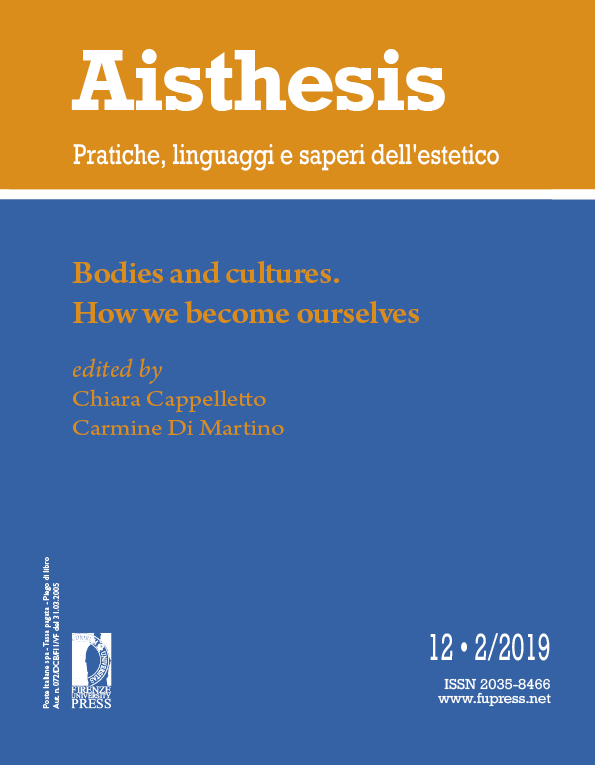Published 2019-11-13
Keywords
- Film art, Chaplin’s reception in Weimar Culture, German avant-garde, Humor, Hitler.
How to Cite
Abstract
This paper discusses the aesthetic and political motivations of the great importance that Walter Benjamin gives to Charlie Chaplin in Das Kunstwerk im Zeitalter seiner technischen Reproduzierbarkeit (1935-1936). First, it proceeds to identify the main paragraphs that Benjamin devoted to Chaplin’s films in the different versions of his famous essay. Then it examines Chaplin’s reception in Weimar Germany both in the field of avant-garde art and that of press criticism, highlighting the philosophical, ethico-political and psychological arguments exchanged in a wide and intensive debate on the human dimension of the Tramp character. By focusing on Sigried Kracauaer’s and Rudolf Arnheim’s chronicles, it seeks to illustrate two approaches that are contemporaries to Benjamin’s Rückblick auf Chaplin (1929), a brief review based on an essay written by the French surrealist poet Philippe Soupault. Lastly, it analyzes some notes on Charlot’s gestuality discarded from this famous essay and a fragment in which, six years before The Great Dictator (1940), Benjamin compares Chaplin to Hitler.


